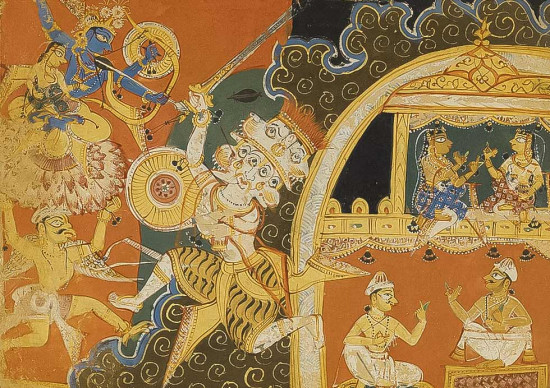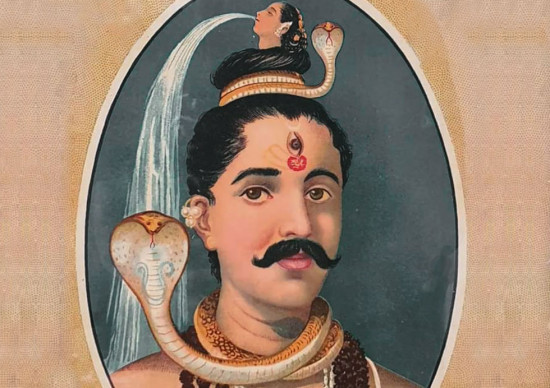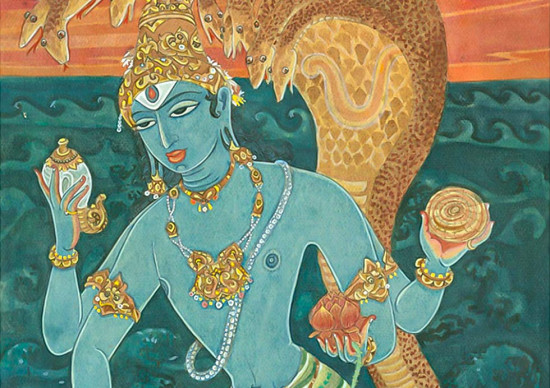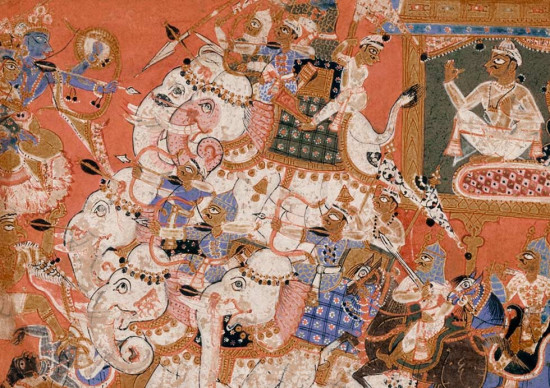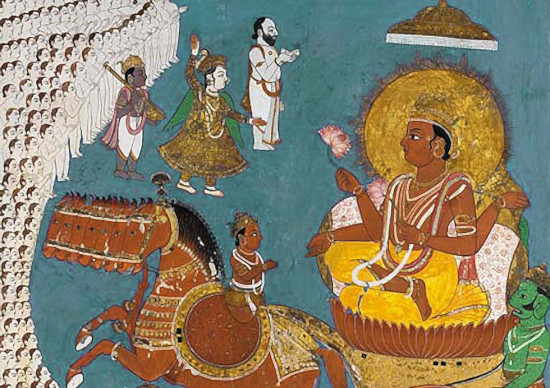
In the whole world, India occupies a very prominent place regarding their traditions, cultures, festivals, colors, and languages. India is home to a wide range of festivals that hold superior meaning in Hindu traditions. One such festival is “Pongal” which is a popular harvest celebration in South India. The celebration of the Pongal festival in Tamil Nadu, Telangana, and other South Indian states symbolizes the ideal harvest season, glorified in mid-January, and worship the Sun God for a bountiful harvest.
What is the Pongal Festival
So, who doesn't know what the Pongal festival is? The word "Pongal" refers to“to boil over or overflow” which represents prosperity, abundance, happiness, peace, brightness, and harmony.
During Pongal, people cook a kheer-like sweet dish out of newly harvested rice, milk, and fresh jaggery. They cook the ‘pudding’ until the milk overflows from the pot.
On this festival, families and friends gather to express gratitude, creating a festive atmosphere with colorful decorations and traditional rituals. It represents harmony, abundance, and agricultural heritage that encourages the people to show their gratitude and seek the blessings of nature.
During Pongal, people cook a kheer-like sweet dish out of newly harvested rice, milk, and fresh jaggery. They cook the ‘pudding’ until the milk overflows from the pot.
On this festival, families and friends gather to express gratitude, creating a festive atmosphere with colorful decorations and traditional rituals. It represents harmony, abundance, and agricultural heritage that encourages the people to show their gratitude and seek the blessings of nature.
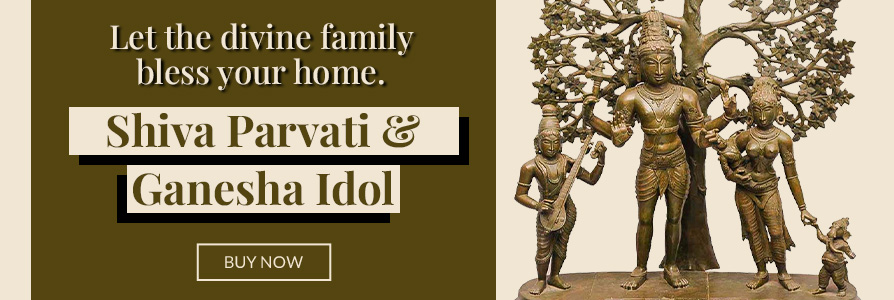
Pongal 2025 date
Pongal Festival 2025 celebrates the end of the winter harvest season in January and farmers thank the sun god for abundant crop productivity. Farmers take great joy in reaping the rewards of their hard work and dedication. In 2025, Pongal will be celebrated from the 14th of January to the 17th of January according to the solar calendar. The festival is a traditional dish called "Pongal," which is made with rice and lentils in South India. Everyone celebrates their vacation with their families and loved ones and expresses their heartfelt gratitude to the sun god for the warmth and light that brighten our days.
Why do we celebrate Pongal?
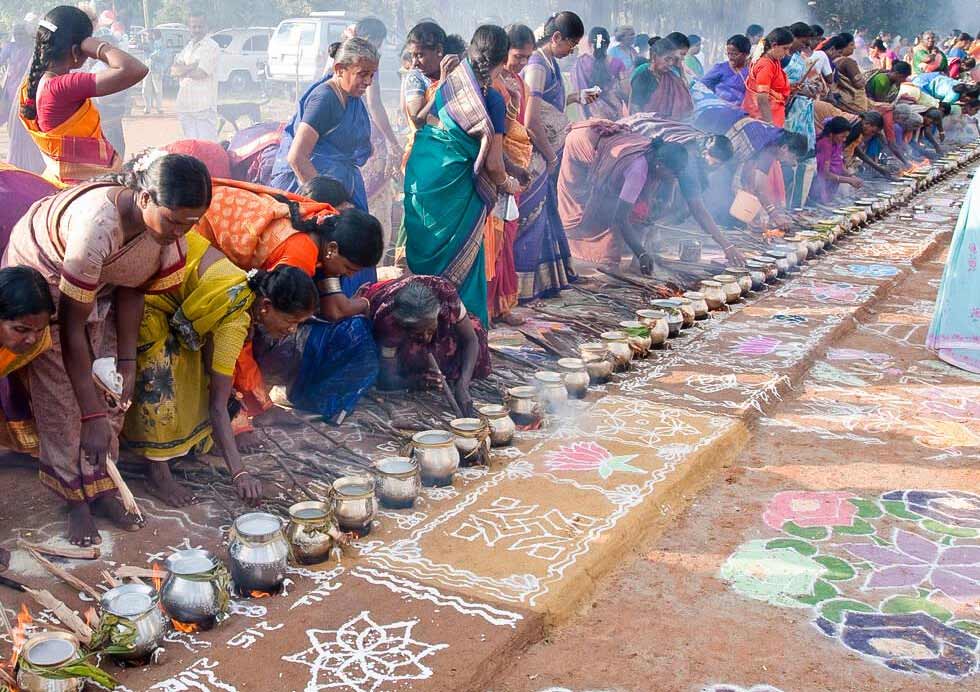
As we mentioned before, Pongal is devoted to the Sun god. It comes along with Makar Sankranti, which is the harvest festival celebrated in North India. In other words, Pongal means the beginning of Uttrayan, where Sun travel begins in the northward direction for a six-month period. It is a favourable and traditional month for marriages and other occasions which represents the abundance of nourishment and wealth. Children draw stunning drawings of the Pongal festival and participate in drawing competitions that encourage them to connect with their Indian roots.
What are the four days of Pongal?
Bhogi Pongal
This is the first day of Pongal, celebrated on January 14, 2025, and dedicated to ‘Indra Dev,’ the god of lightning. On this day, people worship Lord Indra for prosperity and a good harvest. They wake up early, clean their houses, take baths, wear traditional sarees and clothing, and decorate their homes with flowers or rangolis at the entrance. These rangolis, made from colorful rice flour, are called “Kolam.”
Another special ritual observed on this day is Bhogi Mantalu, where a bonfire is created using wood, cow dung, and other domestic items. Girls dance around the bonfire, singing songs in praise of Lord Indra, which marks new beginnings and happiness.
Another special ritual observed on this day is Bhogi Mantalu, where a bonfire is created using wood, cow dung, and other domestic items. Girls dance around the bonfire, singing songs in praise of Lord Indra, which marks new beginnings and happiness.
Surya Pongal
January 15, 2025, is the second day of Pongal which is also called Surya Pongal. On this day, people worship Surya Dev, god of the Sun and they cook Pongal (known as milk pudding) in a clay pot decorated with flower garland or a root of the turmeric plant.
When Pongal overflows, then other participants blow a conch shell which is known as the Sanggu, while everyone joyfully shouts “PONGALO PONGAL”. First, this delicious milk pudding is offered to Lord Surya, and then it is shared with the animals. Eventually, it gets distributed among everyone and shares joy and Lord Sun's blessings.
Mattu Pongal
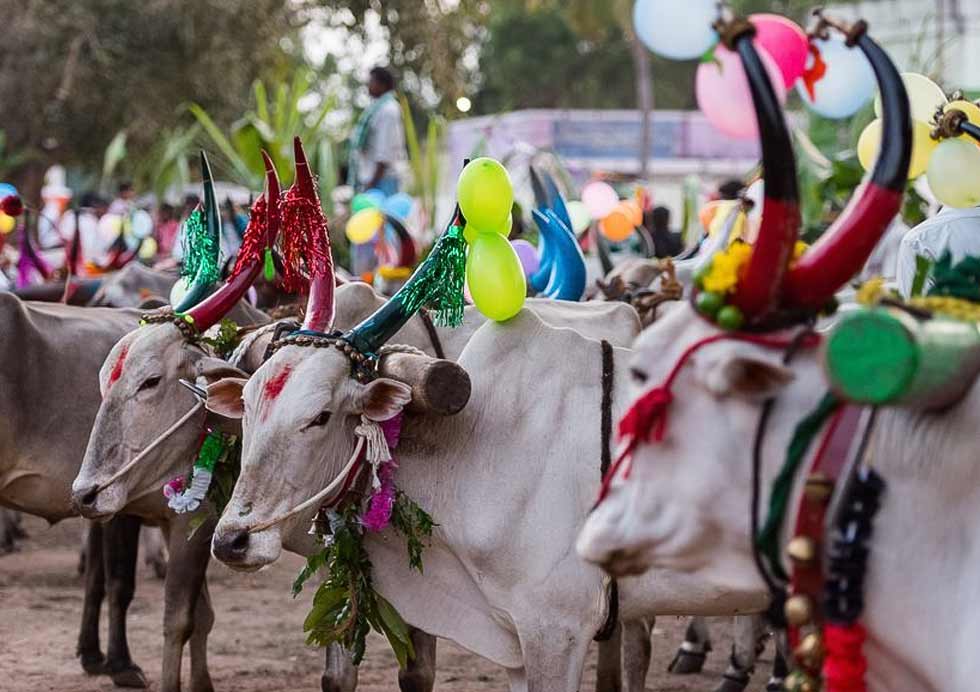
The third day of Pongal, known as Mattu Pongal, will be celebrated on January 16, 2025. On this day people worship cattle, which is also known as Mattu.
Cattle are bathed, their horns polished and painted in bright colors. Women make garlands using flowers and place them around their necks. Farmers express gratitude to their cattle for their hard work. Several admirers also pay respect to cows by bowing before them, touching their feet and foreheads, performing an aarti, and offering Pongal to the cattle.
Apart from this, Lord Ganesha and Goddess Parvati are also worshipped on this day, and Pongal is offered to them as a celebration and seek for blessing.
Cattle are bathed, their horns polished and painted in bright colors. Women make garlands using flowers and place them around their necks. Farmers express gratitude to their cattle for their hard work. Several admirers also pay respect to cows by bowing before them, touching their feet and foreheads, performing an aarti, and offering Pongal to the cattle.
Apart from this, Lord Ganesha and Goddess Parvati are also worshipped on this day, and Pongal is offered to them as a celebration and seek for blessing.
Kaanum Pongal
January 17th, 2025 is the last day of the Pongal festival, where everybody gathers and meets each other and exchanges sweets and well-being. Kaanum Pongal is dedicated to relaxation and enjoyment. Women and children create beautiful rangoli outside their homes which attract happiness, positivity, and prosperity. People participate in many traditional programs and enjoy a great time together.
During Pongal, everyone dresses up in beautiful traditional outfits, women wear their lovely sarees while men wear festive attire. It's a wonderful celebration not just in India but wherever Tamils call home around the globe. Besides, sisters take part in a cute tradition and perform the Arti for their brothers and wish them all the happiness in the world.
During Pongal, everyone dresses up in beautiful traditional outfits, women wear their lovely sarees while men wear festive attire. It's a wonderful celebration not just in India but wherever Tamils call home around the globe. Besides, sisters take part in a cute tradition and perform the Arti for their brothers and wish them all the happiness in the world.
History of Pongal
There are various ideas and concepts surrounding the history of Pongal and why it is celebrated. Among them, one of the most popular stories involves Lord Krishna and Lord Indra.
According to mythology, it is believed that one day, Lord Indra, the "God of Rain," flooded the village of Gokul in a fit of rage. In response, Lord Krishna decided to teach Lord Indra a lesson. To protect the villagers, Lord Krishna lifted the massive Govardhan Mountain on his finger, sheltering them from the storm.
Eventually, Lord Indra realized his mistake and sought forgiveness from Lord Krishna and the villagers of Gokul. This event is commemorated during Pongal by worshipping Lord Indra, the God of Rain, as an expression of gratitude for his blessings. Another story is related to Lord Shiva and his bull “Nandi.” As per legends, one day, Lord Shiva asked his bull “Nandi” to visit the earth and spread the message to the people on the earth's planet to take a bath daily. Nandi misunderstood it and told the people to eat every day and bathe once a month. This made Lord Shiva mad and furious, and he cursed Nandi and asked him to live on Earth to help humans harvest more food so that they could have enough food to consume every day.
According to mythology, it is believed that one day, Lord Indra, the "God of Rain," flooded the village of Gokul in a fit of rage. In response, Lord Krishna decided to teach Lord Indra a lesson. To protect the villagers, Lord Krishna lifted the massive Govardhan Mountain on his finger, sheltering them from the storm.
Eventually, Lord Indra realized his mistake and sought forgiveness from Lord Krishna and the villagers of Gokul. This event is commemorated during Pongal by worshipping Lord Indra, the God of Rain, as an expression of gratitude for his blessings. Another story is related to Lord Shiva and his bull “Nandi.” As per legends, one day, Lord Shiva asked his bull “Nandi” to visit the earth and spread the message to the people on the earth's planet to take a bath daily. Nandi misunderstood it and told the people to eat every day and bathe once a month. This made Lord Shiva mad and furious, and he cursed Nandi and asked him to live on Earth to help humans harvest more food so that they could have enough food to consume every day.
What are the traditional Pongal dishes?
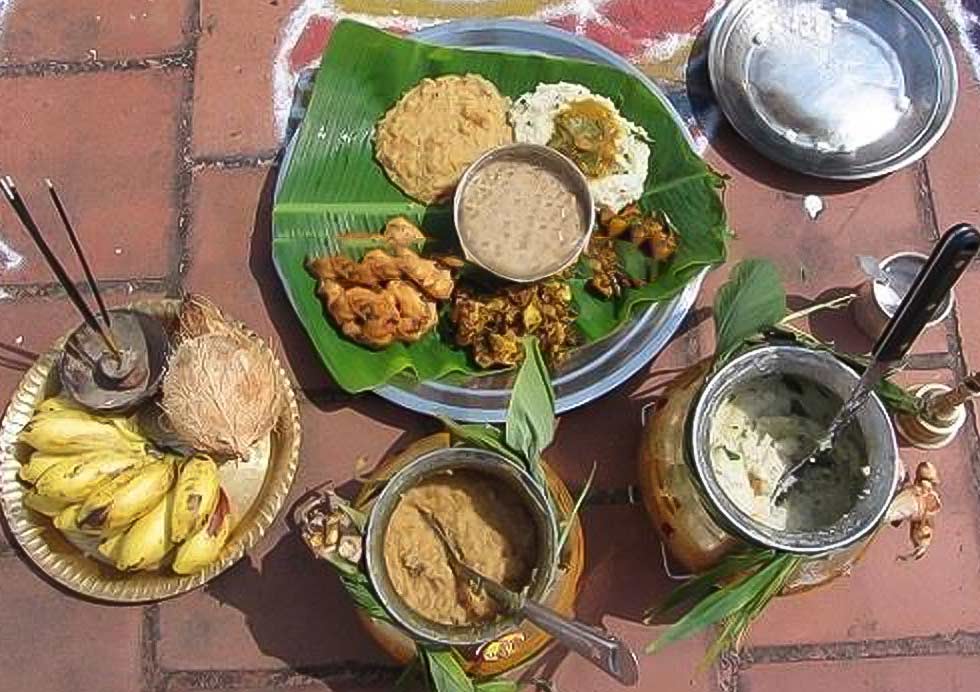
Ven Pongal: It is a savory dish made with rice and lentils, cooked to a creamy consistency, and seasoned with black pepper, cumin, and ghee. It is often served with coconut chutney and sambar with additional food.
Sakkarai Pongal: A sweet and delicious dish made with freshly harvested rice, jaggery, and ghee, garnished with dry fruit and nuts which represent sweetness and abundance.
Sakkarai Pongal: A sweet and delicious dish made with freshly harvested rice, jaggery, and ghee, garnished with dry fruit and nuts which represent sweetness and abundance.
Pongal Decoration
Pongal decorations on homes bring a vibrant touch. With colorful mango leaves, bright marigold flowers, and cheerful sugarcane stalks, these decorations revamp the space into a festive and joyful atmosphere and spread happiness.

